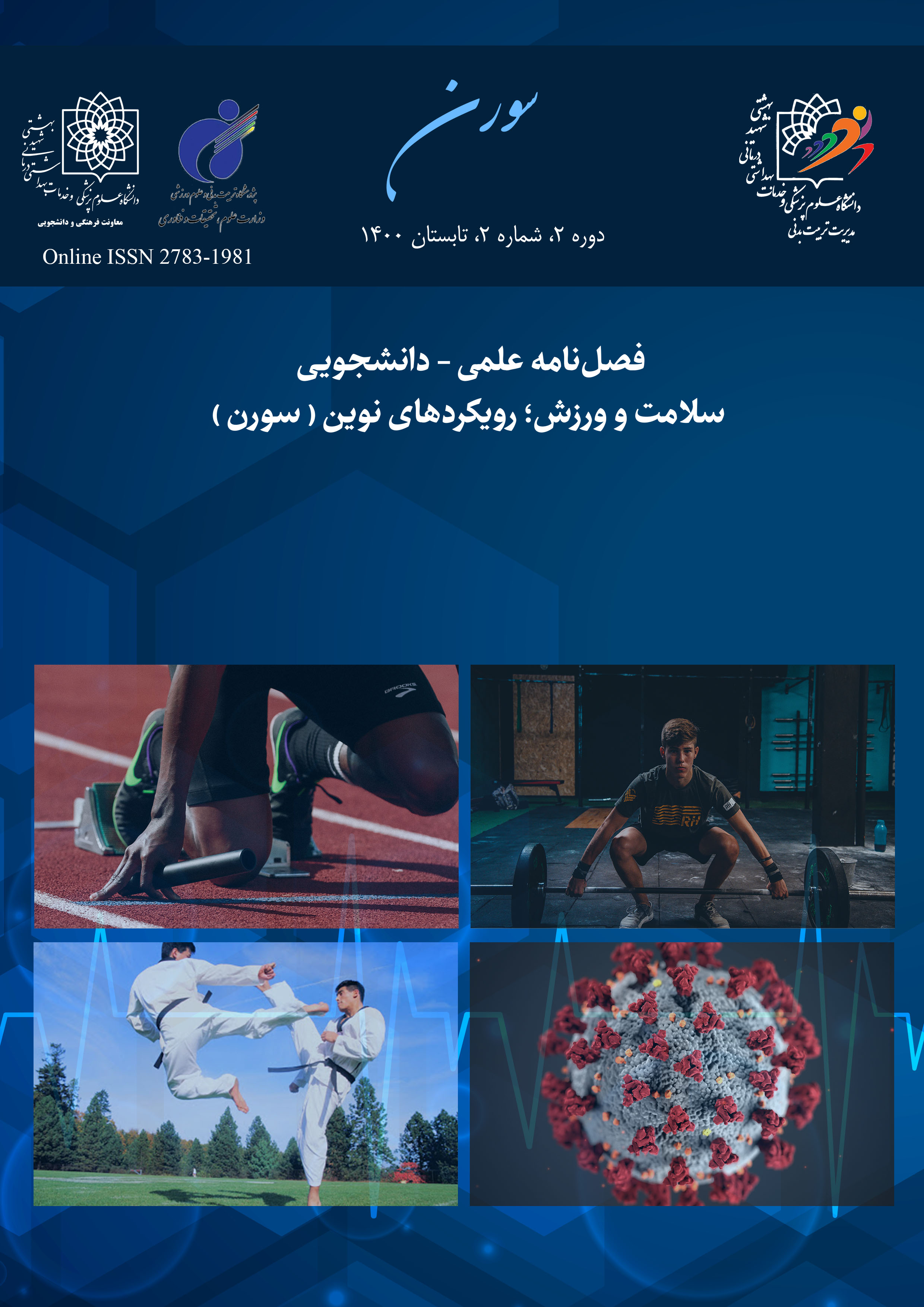Background and aim: Considering the importance of developing complementary programs for students' academic achievement, the purpose of this study was to investigate the effect of music and different exercise methods (aerobic, resistance, flexibility, and combination) on the accuracy, depression, anxiety, stress, and the academic performance of female high school students before starting the lesson.
Methods: In this study, 100 female high school students participated in pre- and post-test using cluster sampling method in six classrooms, while implementing training programs in research groups. The instruments used in this study were the Toulouse-Pieron attention test and the DOSS-21 test to measure students' anxiety, stress, and depression. Academic achievement was also calculated using students' academic grades.
Results: The results of this study showed that the interventions presented in this study had a significant effect on the scoring of the Toulouse-Pieron attention test (P=0.001) and DOSS-21 (P=0.026). Music alone could not have a significant effect on accuracy, stress, depression, and anxiety (P>0.05), but music with different exercises had a significant effect on these variables (P<0.05). The results of this study also showed that the implementation of these exercises could significantly improve the academic performance of these students (P=0.003).
Conclusion: The results of this study confirmed the importance of dynamic educational environments and providing creative exercises and the effectiveness of using music and physical activity as a complementary solution to improve the psychological, cognitive, and academic performance of students.
